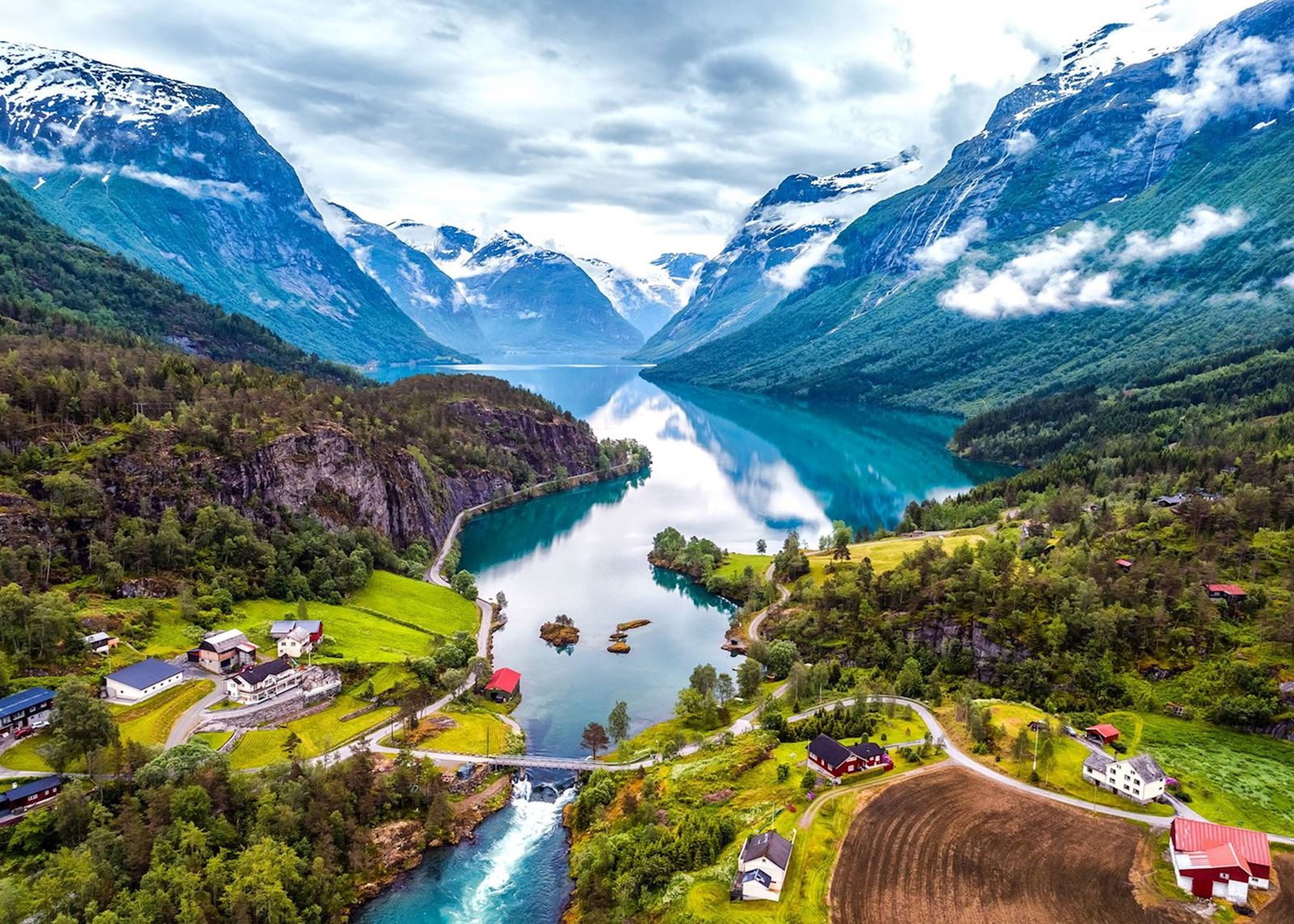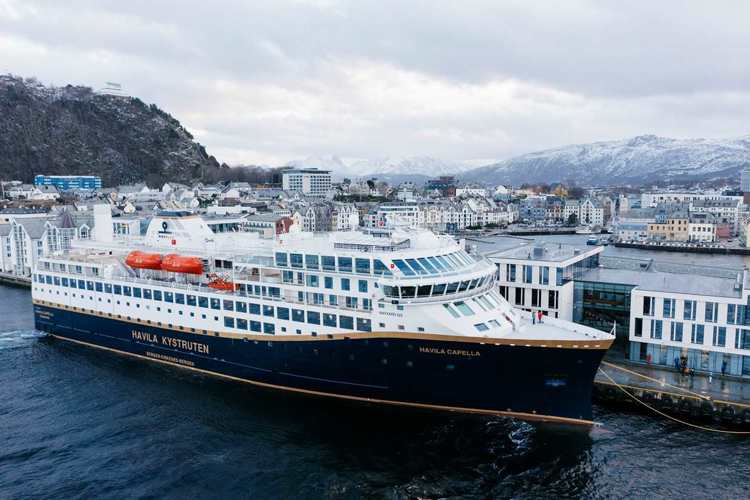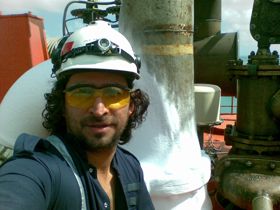The Kongsberg Maritime system, while complex in design, is easy to maintain and service. “We had some issues with heat exchangers, fatigue and pressure drops and some challenges related to equipment,” says Audun Jetlund, Principal Engineer. “But we do have quality components and the experience with those along with the right certificates.”
“There have been stressful challenges, but I’m very happy it’s working,” adds Ole Andre.
“The best thing we have heard is the gratitude from the Havila Capella crew,” says Maciej Plocki, Senior Engineer Green Fuel Solutions. “We were on the maiden voyage from Turkey to Norway and they told us that they are very happy with the system.
“They found it so easy to handle and it has a lot of different possibilities. They also really appreciate the built-in flexibility.”
Havila Krystuten has also drawn upon Kongsberg Maritime technology for the main propulsion units on its vessels. Havila Capella sets the standard with its Azipull-PM (Permanent Magnet) L-drive unit, noted for providing high levels of hydrodynamic and propulsive efficiency
Our relationship with Havila Krystuten is a close one and is well founded. The company takes a large amount of pride in its eco-friendly and energy efficient credentials.
Its commitment to a green future extends to a ban on the use of all unnecessary plastics and a shore-based recharging infrastructure for its vessels’ batteries using clean hydropower.
The Bergen gas engines and accompanying FGSS systems fitted to the Havila Capella and which will be installed in its sister vessels will help to minimise environmental impacts and will take into account the fragility of the fjords.



